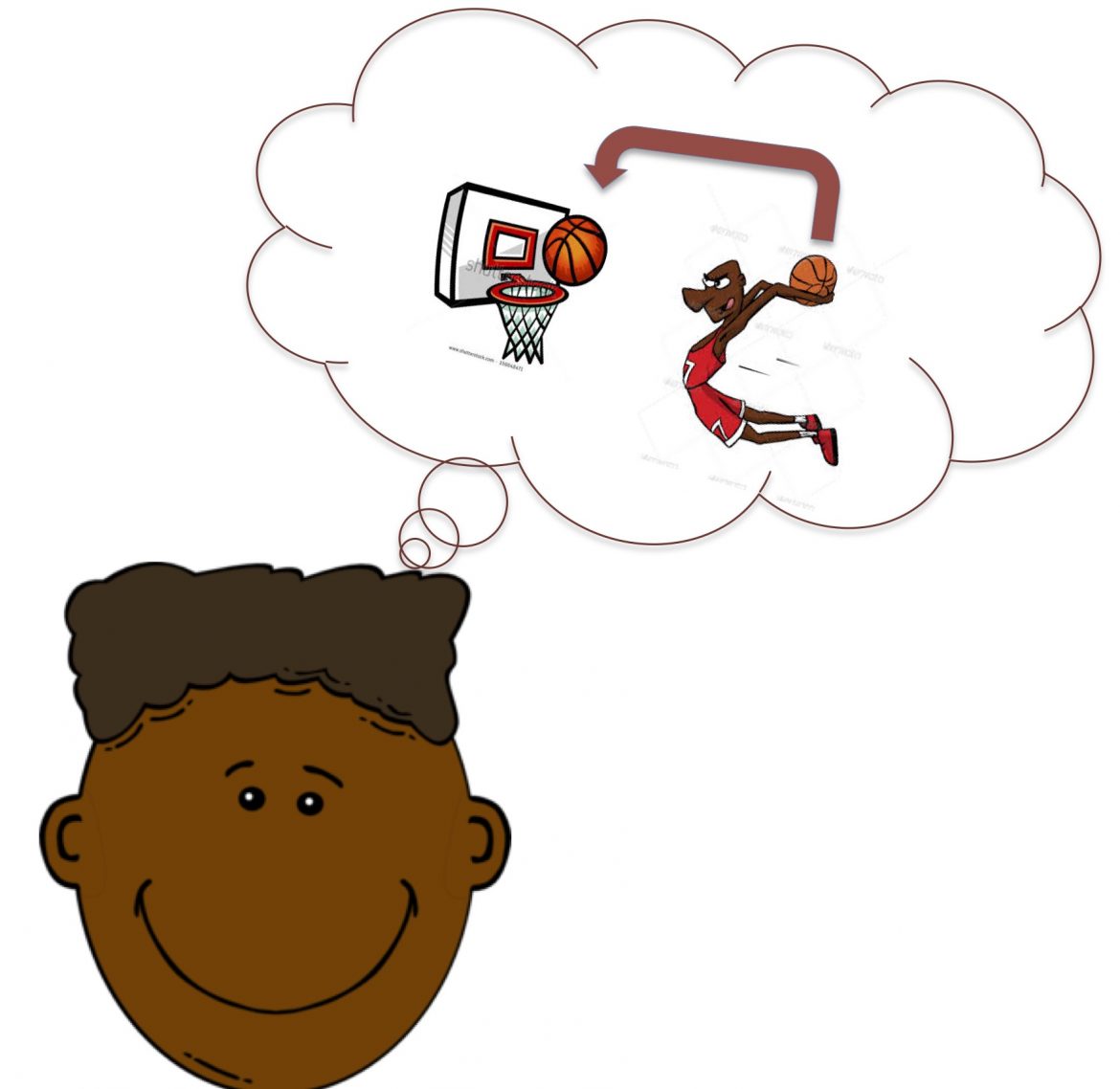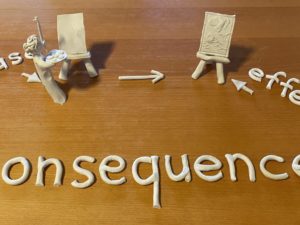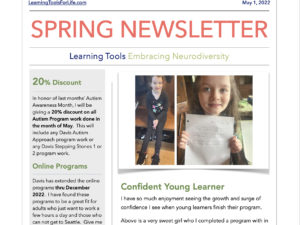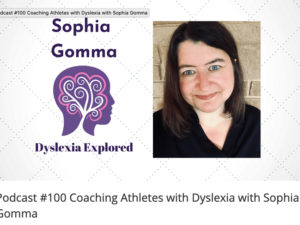
PICTURE THINKERS
I have often referred to my clients and dyslexics as picture thinkers. But what exactly is a picture thinker? A picture thinker is someone who thinks primarily in pictures instead of the sound of words (verbal conceptualization). In the US it is estimated that 20% of the population think primarily in pictures (non-verbal conceptualization). Those with dyslexia, auditory processing, attentions issues like ADD/ADHD are people who are picture thinkers. Picture thinking is evolutionary, meaning it grows as the thought process adds more concepts. It is subliminal, and it is extremely fast, possibly thousands of times faster than verbal conceptualization.
For someone who is a picture thinker and has difficulty with reading, the challenge they face is that the word they are trying to read doesn’t have a natural picture for them, words such as: of, else, it’s, how, and sure. The picture thinker draws a blank and can’t “think” with that word. We call the words with no pictures “trigger words” and there are 217 common to dyslexics.
In this sentence: “The brown llama has gone over the stone fence and left the pasture.” The following words don’t have pictures that come to mind for most dyslexics: the, has, gone, over, and left. What they are then left with is brown, llama, stone, fence, and pasture. Using only these words, the meaning of the sentence is not clear.
With time, the dyslexic might learn how to read the word but the comprehension can become quite difficult. As they continue in school coping methods evolve where the dyslexic can pick up the gist of the meaning, but often really important information is lost. These coping methods might include: guessing or making something up, reading someone’s face and body language if they are reading with them, imagining by looking at the pictures, continuing reading to help with their guess, or giving up reading altogethLet’s
Lets take an example of how a picture thinker who struggles more with auditory processing might have challenges. These are those people who have a really difficult time following directions. Let’s say a mom is with her dyslexic son is at her office and he wants to help her out. She tells her son “Billy, please go get me the tape I was using earlier, it is on the desk in the other room down the hall. He hears: Billy please tape using desk room hall. There are a number of things that he could have thought she meant, but he heads off and comes back a few minutes later looking confused saying “mom, there is no desk in the hall.” He has completely forgotten he was looking for tape and instead searched for a desk in the hall.
As you can imagine, the best way to work with someone who is having a hard time following directions is to ensure you have “painted a picture” for them when asking for directions. But when it comes to reading and I mean reading for comprehension, another approach is needed. The dyslexic needs to first be focused and then they need start coming up with creative pictures for each of the words they do not know. In Davis® dyslexia programs the student “masters” words & symbols” by creating them with clay to make the words clear.




